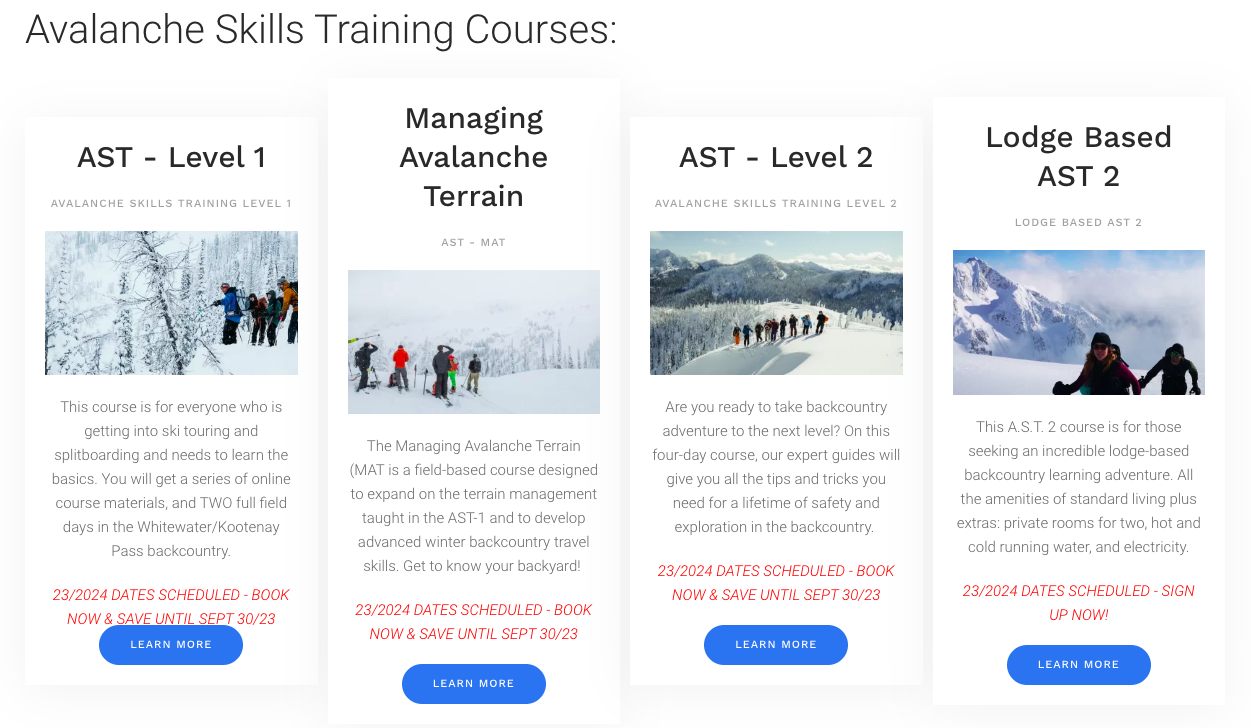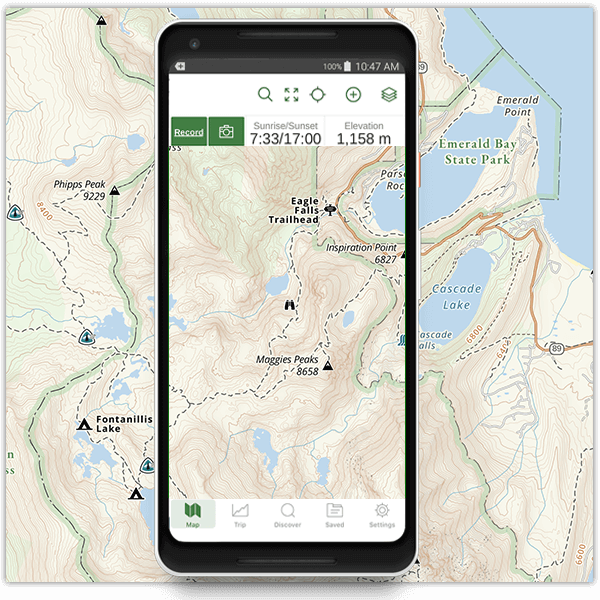10 Essential Steps to Prepare for Ski Touring Season
As the leaves change and temperatures drop, the anticipation of ski touring season and winter adventures grows. To make the most of your time on the slopes and in the backcountry, it's crucial to prepare ahead of time. From fine-tuning your fitness to embracing cutting-edge backcountry tech, this guide outlines ten essential steps to ensure you're fully ready for the upcoming ski touring season.
1. Fitness First:
Ever wonder how I ski tour 100+ days a winter? I commit to a year-round fitness regime, that is how. Fitness is the great equalizer in the backcountry. You get the most out of your winter by being in the best possible shape. You also become a more reliable touring partner in case of emergency. Think of shoveling a person out of a deep hole. Begin a targeted fitness regimen to build strength, endurance, and flexibility. Engage in activities like cardio, weight training, bike riding, hiking, and yoga to ensure you're physically ready for the demands of ski touring. Mostly you should do something that makes you feel good and be ready to crush your tours with energy.
2. Check, Maintain Your Equipment, and Companion Rescue Review:
Dust off your ski equipment and give it a thorough inspection. Check for any signs of wear, make necessary repairs, and ensure bindings are properly adjusted. Replace any outdated or damaged gear to ensure your safety and comfort. Be sure to check the battery terminals on your transceivers. Just because there is no snow, it does not mean you can't practice your companion rescue skills. Now is a good time to watch videos, review the functions of your transceiver, and see if you need a shovel or probe upgrade.
Companion Rescue (single burial):
Avalanche Transceivers 101: What to know
3. Review Avalanche Safety Materials:
Safety is paramount in the backcountry. Refresh your knowledge of avalanche safety by reviewing materials, reading avalanche journals, reading Staying Alive in Avalanche Terrain by Bruce Tremper, or take one of our Backcountry 101 Courses. Understand how to read avalanche forecasts, use rescue equipment, and make informed decisions.
Just a reminder, if you're a former student of Kootenay Backcountry Guides, you have continued access to your online AST course material! Sign in here to start reviewing.
4. Set Goals, Plan, and Research Routes:
Define your ski touring goals for the season. Whether it's tackling new zones, improving your trip planning and navigation skills, or venturing into more challenging terrain, having clear goals will keep you motivated and focused.
5. Register for Courses:
Enroll in avalanche safety training courses, and other relevant programs. These courses enhance your skills, boost your confidence, and equip you with vital knowledge for safe backcountry exploration.
6. Play with Gaia GPS:
Utilize the Gaia GPS app to access detailed topographic maps, plan routes, and track your progress. This app is a valuable tool for navigation, helping you stay on course and make informed decisions in the backcountry. If you are looking to learn more, reach out to us on how you can book a private digital navigation course for you and your friends.
7. Emergency Plan:
Develop an emergency plan with your touring partners. Make sure everyone knows what to do in case of an accident or emergency in the backcountry.
8. Learn Windy.com:
Stay ahead of changing weather conditions with the Windy app. It provides real-time weather forecasts, wind patterns, and precipitation data, enabling you to make safer decisions while avoiding unexpected weather-related challenges. Looking to master this app? Join our Weather Forecasting 101 Course.
9. Avalanche Safety Tools:
Download apps like Avalanche Canada or Avalanche.org to access up-to-date avalanche forecasts and bulletins. These resources are crucial for staying informed about snow conditions and potential hazards.
10. Communication, Rescue, and Safety:
Ensure your communication devices, such as two-way radios or satellite messengers, are in working order. Do you have all your contacts updated, do they know they are on your list? These tools can be lifesavers in case of emergencies, providing a means to stay connected and request assistance. Once your transceiver is dusted off, it is time to get out and practice your companion rescue skills. Grab a friend or two and become masters of your transceivers. We cover these devices in our Trip Leader 101 course and our Backcountry Rescue 101 Course
With winter around the corner, now is the time to get ready for the ski touring season and backcountry adventures. By following these ten essential steps, you'll be well-prepared both physically and technologically. Strengthen your fitness, review safety materials, set goals, and harness the power of backcountry tech tools like Gaia, Fatmap, and Windy. By prioritizing safety, education, and preparation, you'll increase your confidence, go further, and be ready to hit that phat pow. So, gear up, embrace the thrill of the moment, and be ready to make the most of the upcoming winter.
When you subscribe to the blog, we will send you an e-mail when there are new updates on the site so you wouldn't miss them.


